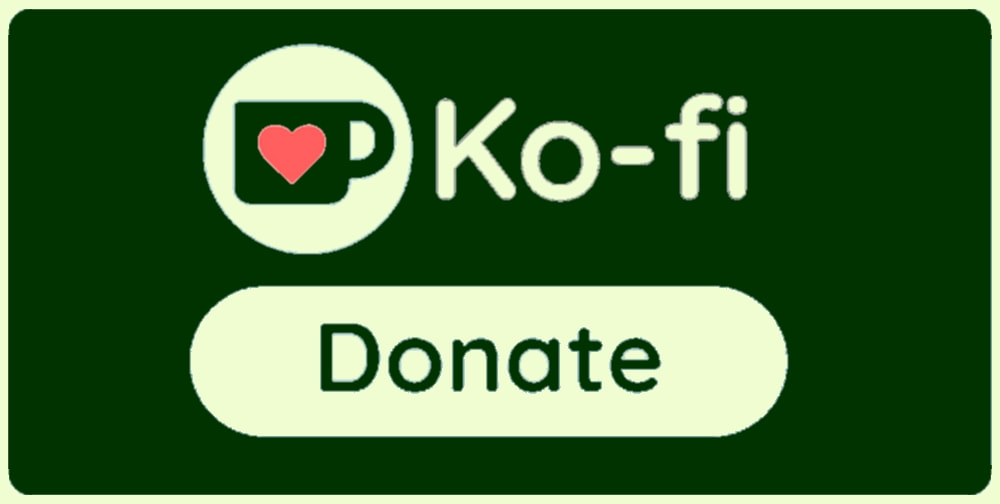A book review of some very dark morris
| For someone who has divided their life between Scotland and the US, I spend an inexplicably large amount of time thinking about Morris dancing. I can't explain this. It just is -- and I don't even know when it started. I especially like the way Border morris has exploded in the past decade or so. It's vibrant, dark, edgy and sometimes overtly Pagan. I was pretty excited, then, to discover that someone who's been on the inside of Border morris, even in at the beginning of its revival, had written a book about it. Turns out the book is pretty good. Rob Elliott is a witty writer, and he strikes a good balance here between serious thoughts and funny stories about morris dancers drinking too much. I like the way he acknowledges the scholarly work done by others, and knows the historical references, but isn't limited by them. He's willing to talk about what feels right, and what feels true, and that's important when working within a tradition that is also a living thing. |
They had lost the essence of dance and moved into something labelled 'traditional folk dance display', an embodiment of nostalgia recreating a perceived aspect of life long ago, diminishing these displays to little more than mobile museum pieces. By contrast, Silurian acknowledged the roots and history of morris dancing but were creating something original - a new version of an old principle. We needed to be relevant, to have power over the hearts of the crowd, to bewitch them. If we didn't cast a spell over them, we saw ourselves as having failed. We didn't want to project the two dimensional quality of a film.
We gave them White Ladies Aston stick dance, which was implemented with such energy that the dancers were blurred by a kind of snowstorm flurry of wood chips as the sticks began to split, feather and disintegrate. This was morris with attitude and woodsmoke and the crowd couldn't get enough. They'd never seen anything like it. We had the audience in our spell, a spell we hadn't knowingly expected to weave.
We began to think about what it must have been like to dance a fertility dance all those millennia ago. Highly speculative of course, because we had no real way of knowing but we just pictured ourselves as twentieth-century torchbearers for something very ancient. After this performance, it was certainly easy to imagine that dancers in pre-Christian communities might have put themselves on a higher plane, and out of reach of ordinary mortals, by clothing themselves in a particular way, introducing a de-humanising disguise and creating some wild dance routines. We understood in that moment how an enigmatic appearance might create mystery, how mystery touches people and moves energy and how energy might conjure magic.
Some of the funniest stories in the book, for my money, are the ones recounting the sheer absurdity of walking around in public in Border morris kit. From punks idling in town squares to German tourists at motorway rest stops, this is likely to get a reaction.
Punk: Why are you dressed like that?
Silurian: Why are you dressed like that?
Punk: I like dressing like this!
Silurean: Well, I like dressing like this!
Punk goes back to friends: He likes dressing like that!
Since we had 'gone Border', which carried the same implications as 'gone native' or 'gone feral', we of course blacked up every time we made an appearance. The blacking was not simply part of the kit, it was the essential means by which we exchanged our human form for something altogether more intangible. There was an unspoken acknowledgement amongst us that to make an appearance in kit but without the blacking would be inconceivable.
It was difficult to recognise us individually with our matt black bearded faces, now crowned with black bowler hats. Most people really had no idea what we were all about. It seemed we captivated them and frightened them in equal measure, which helped to create the mystique. We became strongly unified, an effect no one could have predicted.
Only with a performance immanent, would we dress up and black our faces. We would all stick together during this 'ceremony' until the last man was ready and then, completely attired -- bells, hats and all -- we would go...
This is a really good book, and a much funnier book than I have really let on in this review. If you are interested in what public ritual, with a small r, really means, what tradition means, and why it's worth rewilding it, rather than preserving it, you will enjoy this.


 RSS Feed
RSS Feed




